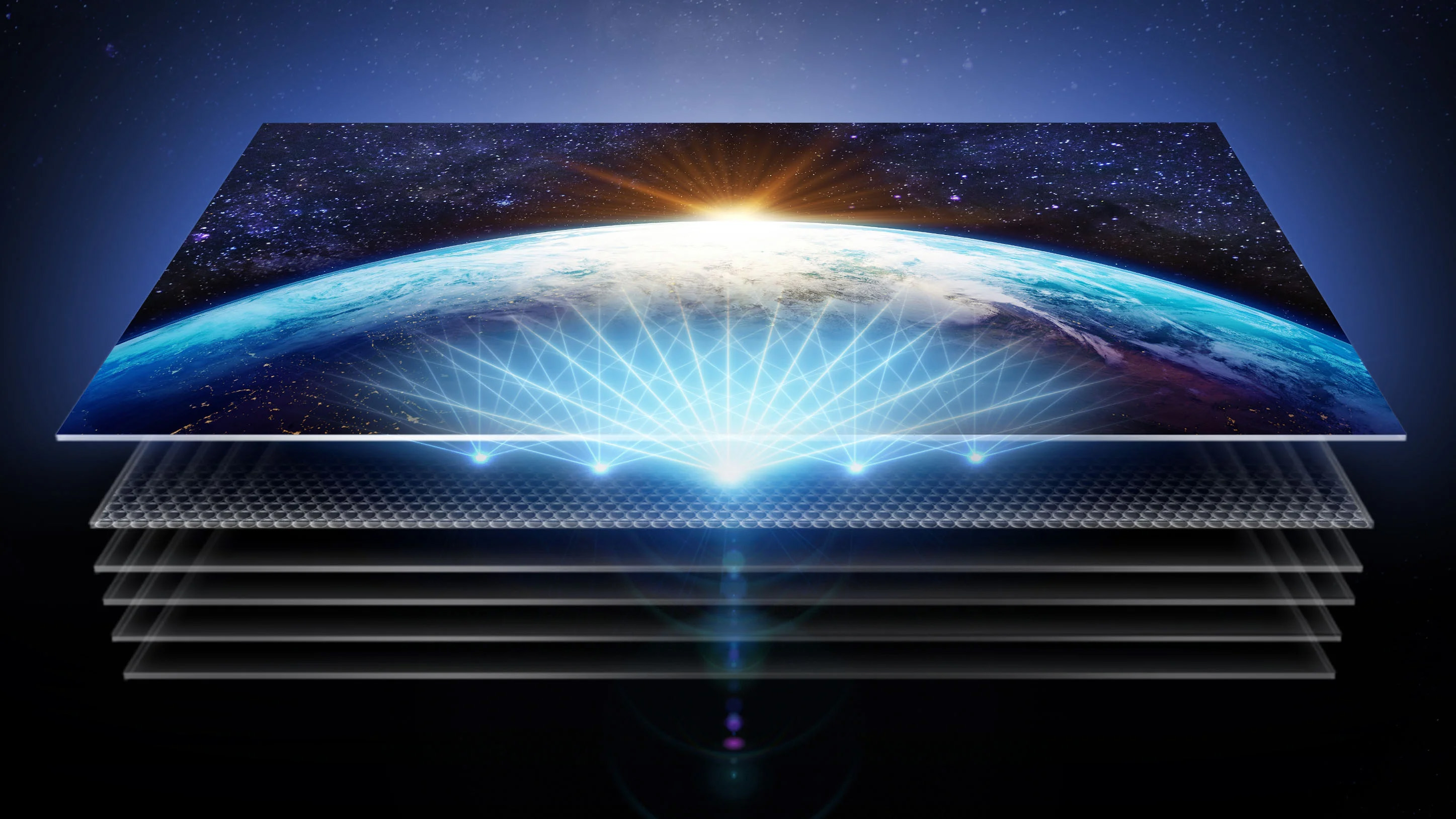
It’s been a big year for TVs. Across the board, from OLED and QLED to mini-LED, the best TV technologies have only gotten better – but it’s clear that some display types have fared better than others, and that consumer demand is continuing to shape the market in some interesting ways.
There’s the ever-rising average size of new displays, a host of brightness-boosting technologies for famously dim panel types, and a once-hyped technology that seems to be fading into the background. If you’re just after our top picks of TVs to buy, do check out our best TV guide – but otherwise read on for the biggest TV winners and losers of 2023.
Winner: OLED and MLA
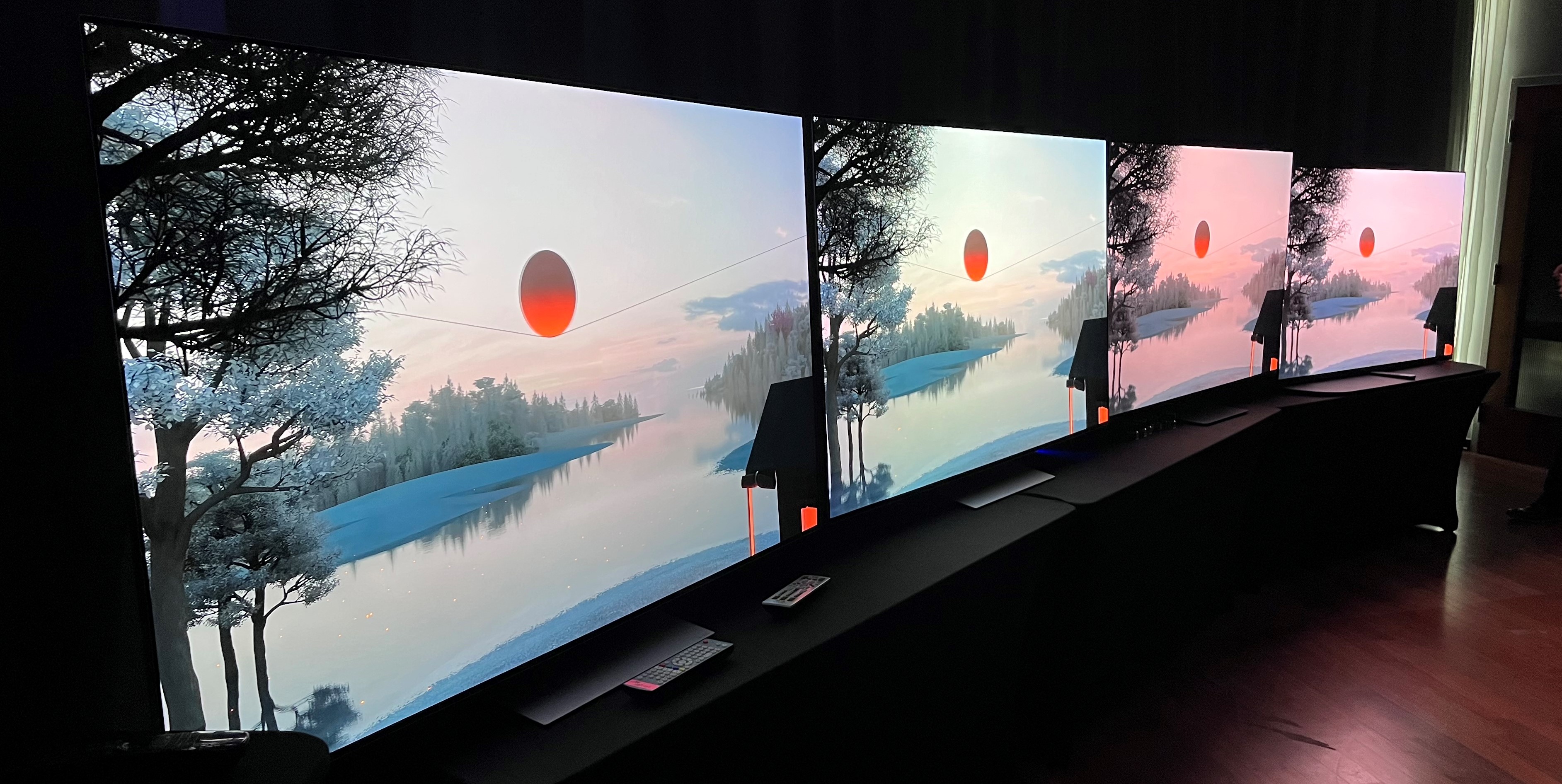
Ah, OLED. The deep blacks and infinite contrast of organic LED has been gracing some of the best TVs for a while now, and 2023 is no different – with even Samsung getting in on the OLED action after years of contrasting the technology to its own QLED displays.
But the real OLED news in 2023 is MLA, or ‘Micro Lens Array’. This is a layer of minute convex lenses above the pixels of an OLED panel – billions of them – focusing and angling the self-emissive light of the panel to boost brightness beyond what was previously possible.
This technology had made its way into a handful of flagship screens, such as 2023’s LG G3 OLED and the Panasonic MZ2000 – and drastically improved the brightness compared to older models. We wrote back in March that the G3 OLED could hit 1,400 nits compared to the 800 nits of the C2, which launched in 2022, which is a seismic difference for a historically dim panel technology.
It’s clear that OLED’s biggest weakness compared to LCD or mini-LED – the comparative lack of overall brightness – is being aggressively corrected, and it means that OLED’s competitors may have a hard time convincing shoppers to choose something else.
Winner: QD-OLED
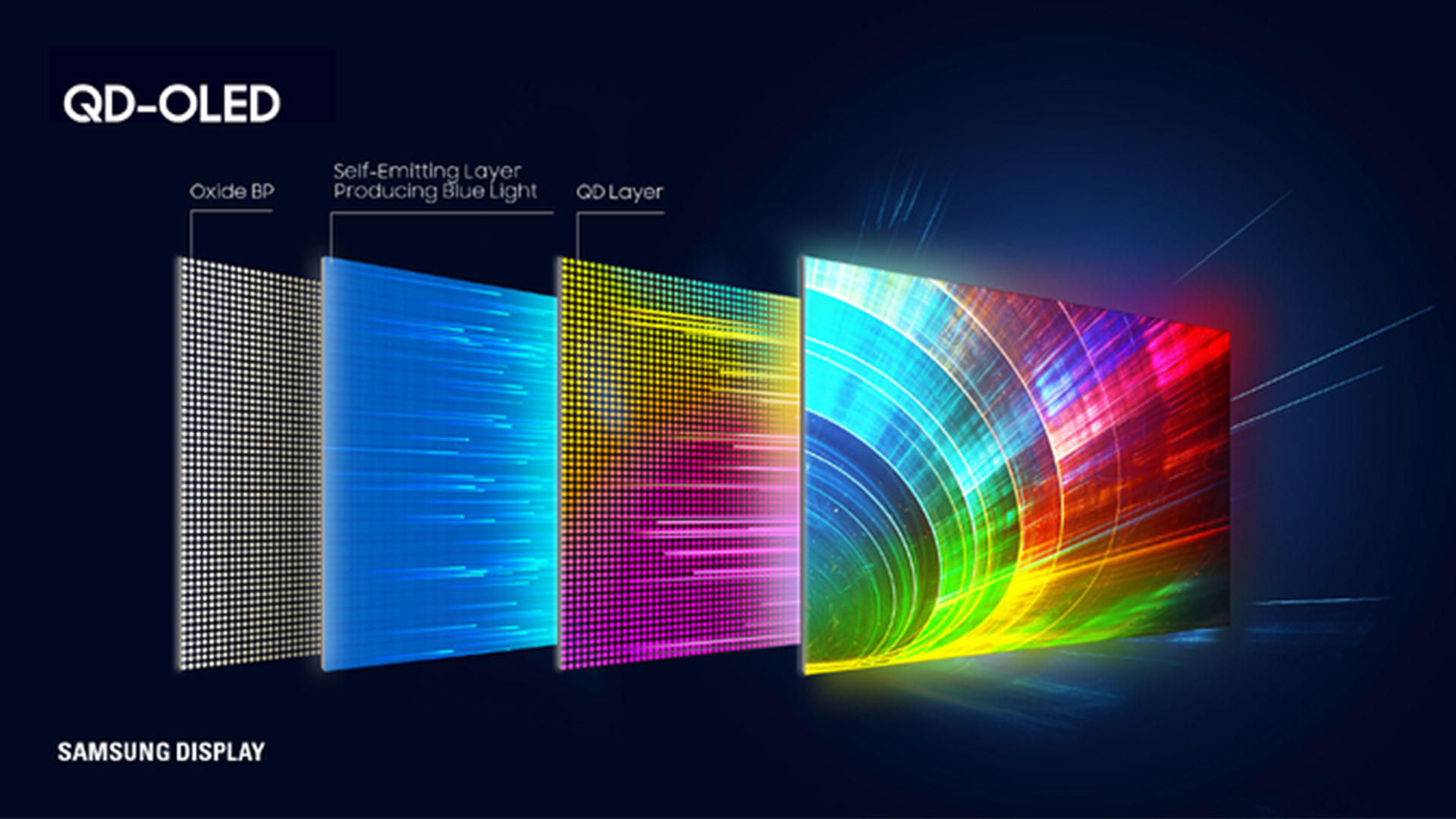
This also marks the second year that Samsung and Sony have released a QD-OLED hybrid range, combining the picture enhancements of QLED with the latent benefits of an OLED panel.
This hybrid technology was a source of speculation for several years until it finally came to market, but it’s hard to argue with the results. The OLED panel ensures deep blacks and effective contrast, while the quantum dot filter – a hyper-efficient color converter – allows brightness to go even higher than before, turbo-boosting color performance and making for a far brighter experience than traditional OLED screens.
2023’s Samsung S95C builds on this basis for a remarkable television. In our S95C review, we wrote, “The Samsung S95C faces some seriously stiff competition this year from the best 4K TVs, but it delivers more than enough of a leap over its already impressive predecessor to mean that it will surely be right in the mix with the best OLED TVs when awards season comes round.” Just be careful with the 83-inch version, as it quietly ditches the quantum dot element, which might not be obvious to buyers.
Sony’s new A95L (a successor to last year’s A95K) uses the same underlying technology in a pricier screen, though Sony’s processing is a little more subtle and effective compared to Samsung’s. But it means there’s already some meaningful choices appearing in the QD-OLED market, and that can only be a good thing for shoppers looking to jump on the trend.
Loser: 8K
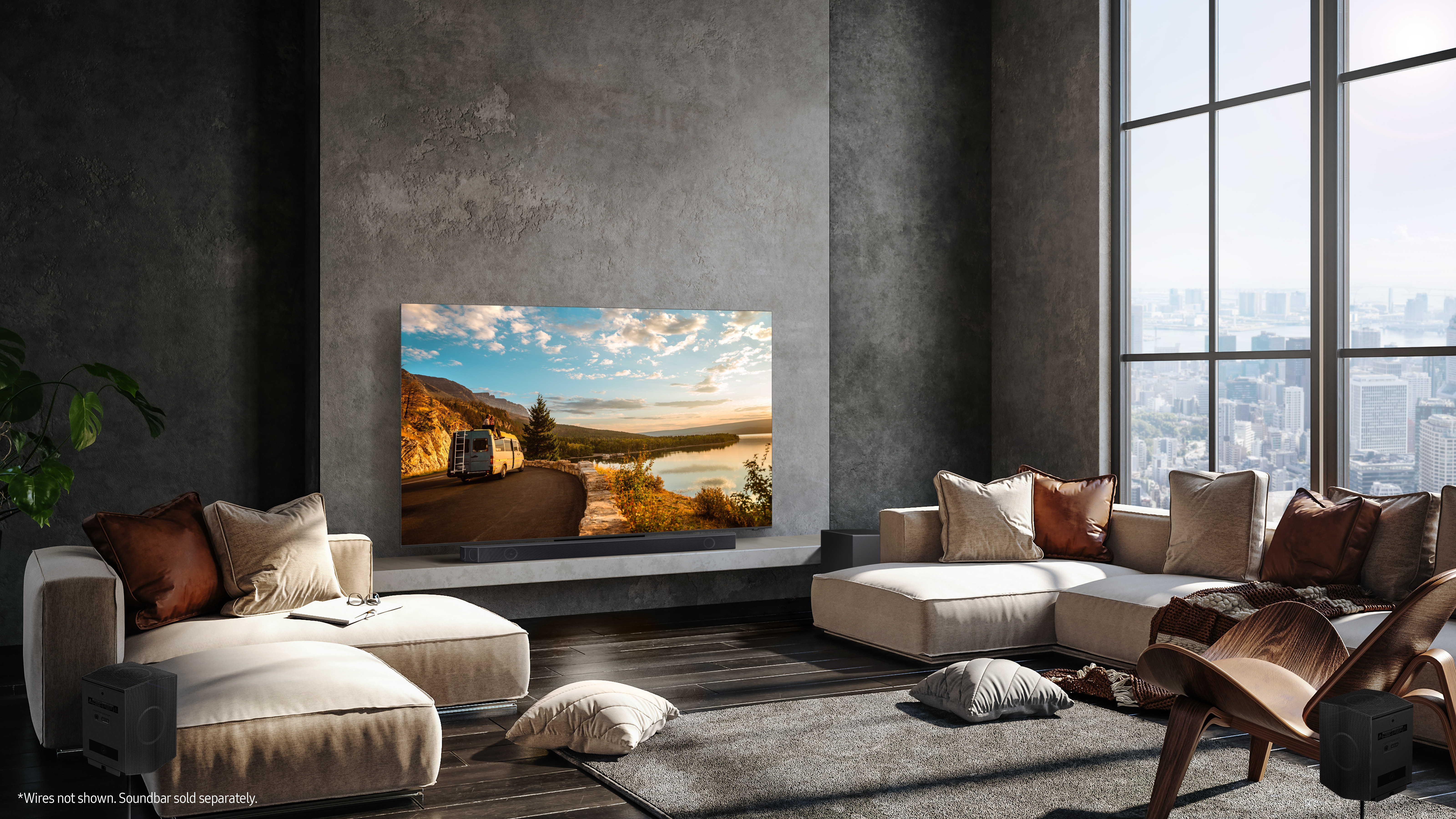
The bigger TV brands are still releasing 8K TVs, but they don’t quite occupy the same front-and-center place in the market that they did even a few years ago. TCL announced in early 2023 that it wouldn’t release any new 8K TVs this year, due to sluggish sales.
This highlights how ‘8K’ has struggled to gain traction among shoppers, especially when streaming services outside of YouTube don't host native 8K content. Plus a 4K TV can offer high-end performance for considerably less cash. (TCL did show off a foldable 8K prototype this year, but it’s technically not on sale yet.)
Samsung still released its usual trio of Neo QLED 8K TVs – the QN900C, QN800C, and QN700C, for those after an ultra-ultra-high definition experience. But there seems to be a growing focus on its new 4K OLED TV ranges, competing directly with the popular OLED models offered by LG, Panasonic, and Sony. Smarter than moving onto 16K, we’d say.
Winner: Big stonking TVs
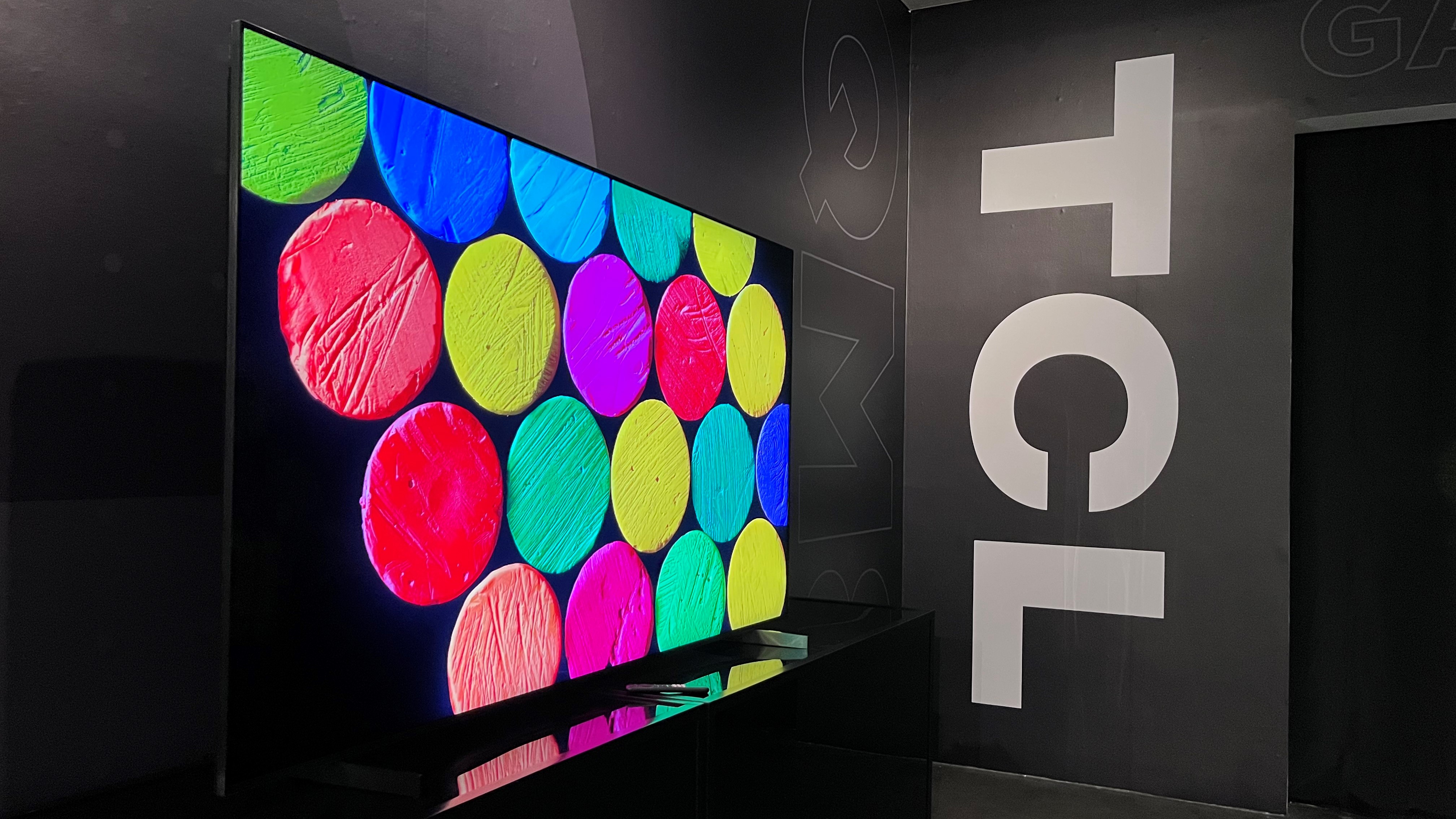
It’s no secret that the average TV display size generally goes up each year – as production improvements make large screens progressively cheaper and people look to upgrade their current setup. Remember when a 40-inch plasma TV was the height of entertainment? These days, anything that size is almost certainly a budget buy.
77-inch and 83-inch OLED TVs are now commonplace, while TV brands continue to release ‘who actually has room for this’ displays like TCL’s 98-inch QM8 or Samsung’s 98-inch QN990C.
Is 98-inch the new 55-inch? Probably not. But manufacturers are only getting better at producing these kinds of sizes, and it spells good news for those after a big-screen experience. (Of course, the best 4K projectors might be a little cheaper for the same size.)







